The Strategic Digital Business Partnership Mission is to provide more sustainable competitive advantage through better fulfilment of customer needs.
But how do we get there?
STEP 1: Build on the foundations of "Service Partner" maturity level with practising the techniques described in the following three courses:
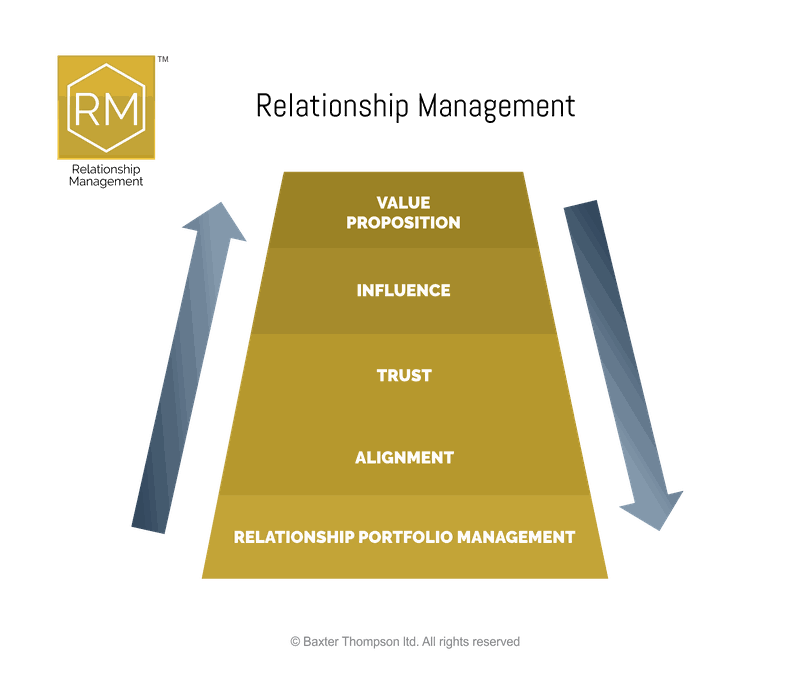
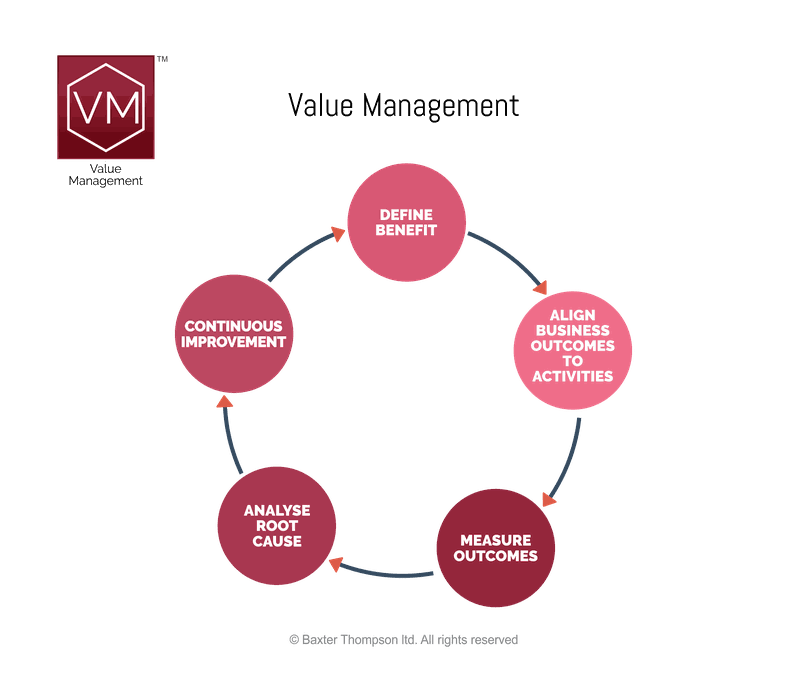
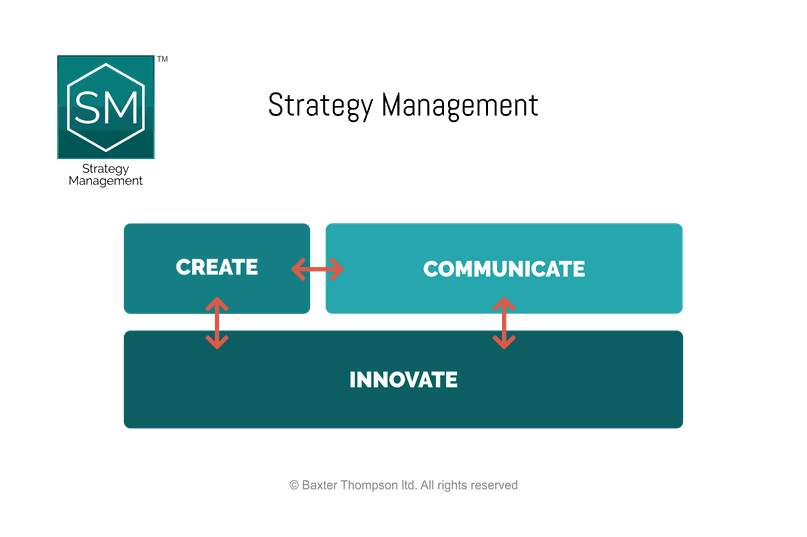
A successful practitioner will focus on Effectiveness and Efficiency first by:
Identifying the key influencers and decision makers, understanding their profiles so that they can better influence and persuade.
Working with these people to clarify value propositions and whether their expectations are being met, whether they should be in scope and who is accountable for delivery; using the size of the "expectations gap" as a key measure of progress.
Working with people to align ideas and actions so that there is a shared common understanding. Recognising that trust is key indicator of relationship performance and developing plans to build trust across their network.
Taking a value proposition and ensures that there is alignment across the organisation, ensuring that outcomes are defined and measured.
Taking the difference between the goal and actual outcome as a trigger for continuous improvement.
Using a variety of continuous improvement techniques to close the gap between actual and the goal.
Working with business leaders to help understand what their goals are and how they want to achieve them. Practitioners look at their capabilities and see where the opportunities lie and define their strategies in a way that can be easily understood.
STEP 2: Achieve "Strategic Partner" maturity level with practicing the techniques described in the following two courses:
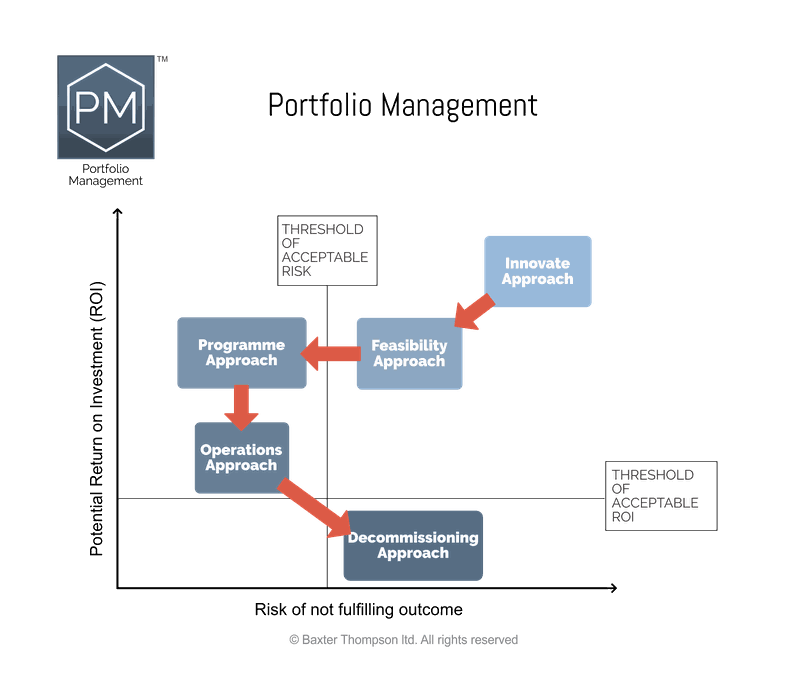
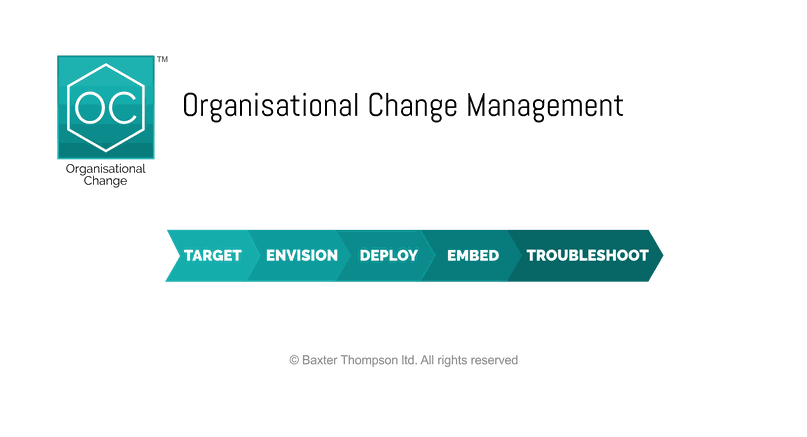
A successful practitioner will then focus on Long-term Competitive Advantage by:
Orchestrating teams to identify project / product candidates by exploring, experimenting and testing so that the best candidates are selected to enable business capabilities long-term.
Checking activities for alignment with the strategy and ascertain whether the portfolio of projects will deliver the necessary outcomes.
Working with people to align ideas and actions so that there is a shared common understanding of the portfolio "big picture".
Setting up governance with the leadership team to identify the principles and policies that help decide what projects, products and activities are necessary to fulfil the ambitions of the organisation.
Hold people to account on the delivery of activity to ensure they meet the portfolio outcomes defined at the beginning.
Provide the information necessary to the leadership team to enable them to make the right decisions about the future.
Finally, they empower people to work differently and commit to new practices that help embed the direction the organisation wants to go in.